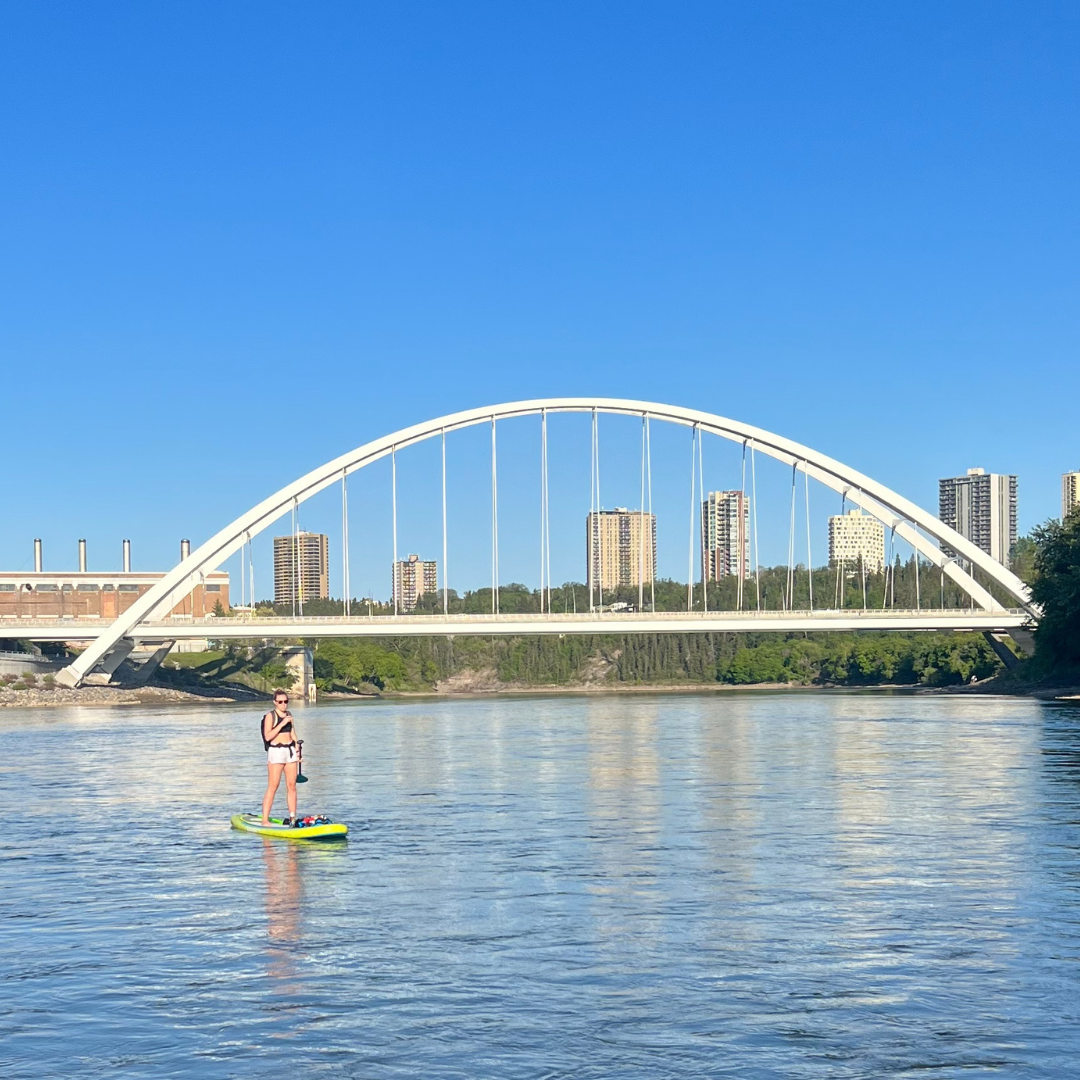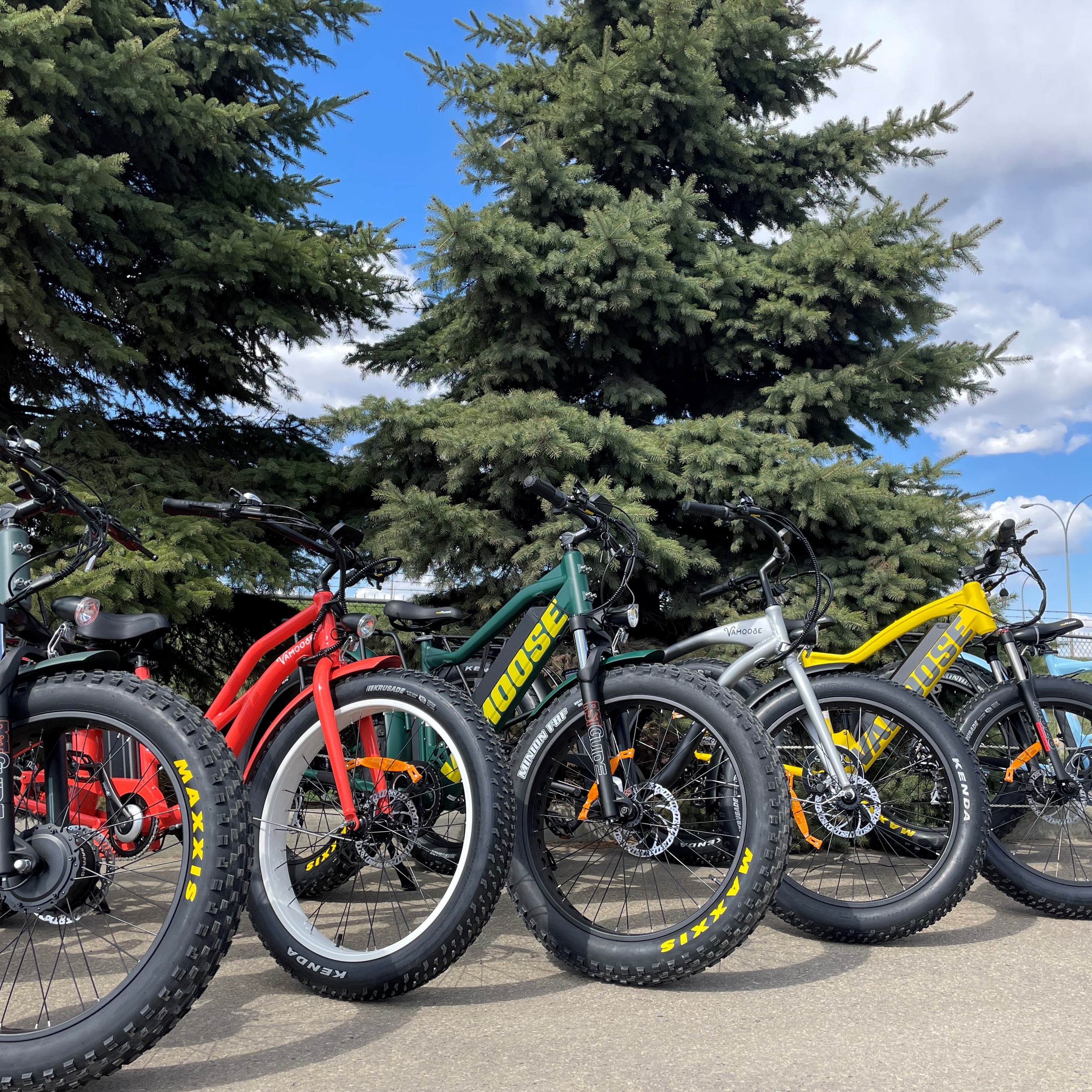
What is the Best Wakesurf Board for Me?
Purchasing a wakesurf board goes beyond aesthetics, and in order to enjoy yourself on the water, you must ensure that your board fits your skill level, size, and desired activity, accordingly. A board that is meant for a child will not sufficiently keep an adult afloat, and with the wrong material or size, you may be in for a ride you were not expecting.
Wakesurf: What size to look for
Note that SIZE is not limited to physicality as it also relates to riding style.
- Longer board = heavier, and more control
- Shorter board = lighter, and more freedom
Always begin with referring to the board’s specific sizing recommendations provided by the manufacturer; however, the general rule is that the heavier you weigh, the longer the board you need. Since longer boards are heavier, they allow for more control, which therefore makes them easier to ride and learn on. Traditionally, more advanced riders tend to avoid this board since the size limits performance. Therefore, if you are looking for a stable cruise, a longer board is typically your best bet. Short boards, on the other hand, will give you more of an energetic ride where you will have to work harder while surfing due to their lighter weight and their ability to be easily maneuvered. Since short boards are smaller, they are, therefore, built for lighter weight individuals or children since it will be easier for them to handle this board in comparison to a heavier long board. Additionally, if a smaller rider uses a board too large for them, getting up and beginning their ride will be much more difficult. And for advanced riders, if their board is too large for them, the nose of the board will not elevate due to the rider’s lack of sufficient weight, resulting in the board nose diving and then completely ending the ride.
It is important to note that the better the wave and rider, the smaller the board they can ride. However, be sure you still fall within the recommended weight range.
Wakesurf: Which style suits me best?
After length has been determined, you now must look at preferred STYLE: surf style or skim style. The noticeable differences between styles comes from fin size and board thickness. A traditional surf style has an ocean feel due to its thicker profile, wide and/or shaped tails, and larger fins. Due to their thicker profile, a surf style board uses the fins to carve harder, and the increased surface area of the tail generates more forward drive and minimizes the effort needed to keep up with the wake. Skim style boards, on the other hand, have a thinner profile and are a more slippery board. Since a skim style has less overall volume, it will sit lower in the water, meaning the rider will have to use the rails of the board and lean more.
And if you are indecisive about which style suits you best, you can always opt for a hybrid style that gives you the best of both worlds regarding the above boards.
Wakesurf: Does the material matter?
Next, your experience and what you want to accomplish on the board helps decipher what MATERIAL you should be looking at: carbon fiber or fiberglass. Carbon fiber boards are more advanced since they are lighter, and therefore faster and easier to spin. Fiberglass boards, on the other hand, are more beginner/intermediate routed since this material is comparably heavier, which means the board will be slower and cause you to have more control.
Wakesurf: Nose & tail shape
Although size and material are the primary thing you should look at when first purchasing a wake surfboard, nose and tail shapes should be taken into account when considering your activity. If you are riding switch or wanting to do extreme tricks, a board with the same nose and tail shape (whether pointed or snubbed) will make the process much easier. This ease is because the same nose and tail shape allows your leading foot to be interchangeable.







